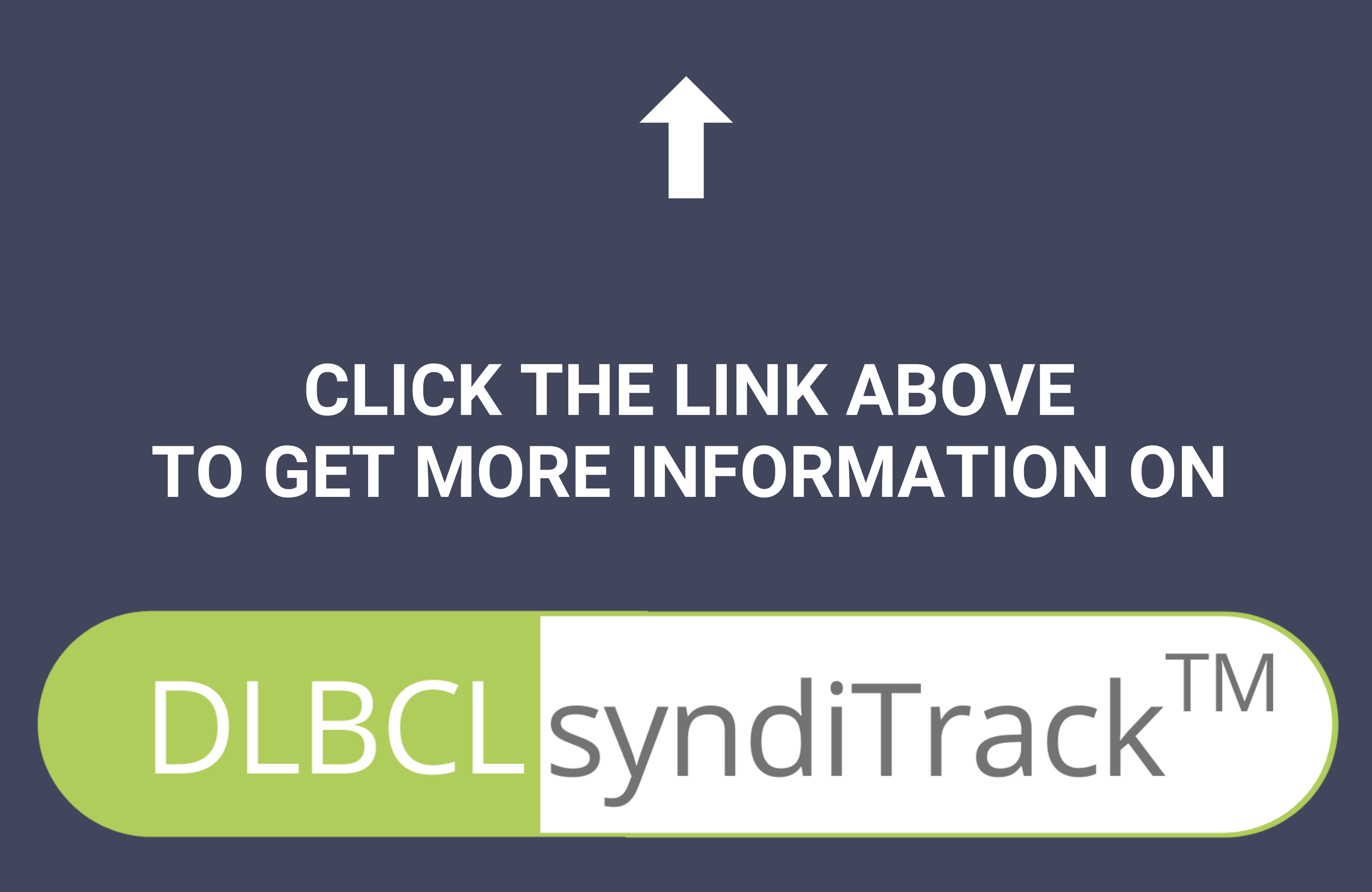The BLOG
This blog provides exclusive content for market researchers and marketing managers involved in Healthcare Marketing, prepared by APLUSA teams, and includes APLUSA important news updates.
Social Media Impact of #ASH2021
Social media impact of the 63rd ash annual meeting & exposition 2021
AplusA exhibited in-person with a physical booth during the event and it was nice to meet up with our current and future clients again after two very long years.
Note that we will be present in 2022 again : meet us at our booth #1428 🔜 https://www.hematology.org/meetings/annual-meeting
In the new hybrid world of virtual and IRL, we thought it would be interesting to look at the impact of the conference from both the digital and an insiders’ perspective.
Therefore, we asked our social media intelligence expert Habib Mbacke to look at the social media impact of the conference. Using an advanced social media surveillance solution employed by AplusA, we collected and measured the conversations that occurred from two weeks prior to the event through to two weeks post conference.
 The scope of collection was worldwide mentions in English coming from HCPs. Most mentions came from the US (81%) followed by Spain (3%) and Australia (2%).
The scope of collection was worldwide mentions in English coming from HCPs. Most mentions came from the US (81%) followed by Spain (3%) and Australia (2%).
The analysis presented here focuses on one social media platform, with all mentions being from Twitter (100%)
There were a total of over 15,000 mentions recorded during the listening period from November 27th, 2021, (2 weeks prior to the conference) to December 28th, 2021 (to 2 weeks post conference).
A total of 1,579 unique authors were identified.
IMPACT of #ASH2021 on MENTIONS of MULTIPLE MYELOMA on twitter
Multiple Myeloma was the condition most tweeted about by HCPs during the 63rd annual ASH meeting and exposition.
There were over 15,000 mentions in total, and more than 3,700 mentions specifically regarding Multiple Myeloma recorded during the listening period from November 27th, 2021 to December 28th, 2021.
1,579 unique authors were identified in total with 382 unique HCPs tweeting about Multiple Myeloma.
Hot topics of discussion in MM focused around:
- Minimal residual disease (MRD) status
- Quad therapy
- Earlier diagnosis via MGUS detection and monitoring
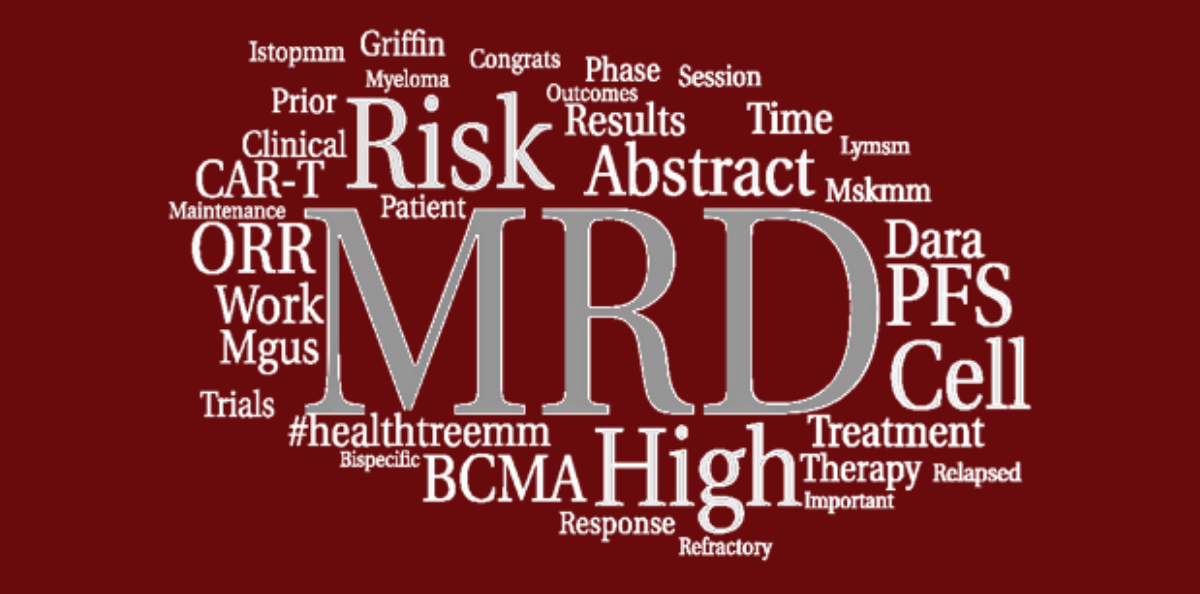
The most frequently mentioned clinical trial was iStopMM, a non-industry sponsored study evaluating the possibility of earlier diagnosis of Multiple Myeloma through the detection and monitoring of MGUS.
Response to updated data from the GRIFFIN trial study, showing a deepening of response and achievement of MRD negative status, was deemed by some as likely to change the current standard of care.

Our Multiple Myeloma syndicated solution: MMsyndiTrackTM
Real world data: Current SoC prescribing in Multiple Myeloma for potential disruption due to data from the GRIFFIN trial.
>>>>>>>> https://info.aplusaresearch.com/syndicated-study-mm <<<<<<<<
IMPACT of #ASH2021 on MENTIONS of DIFFUSE LARGE B-CELL LYMPHOMA on TWITTER
DLBCL was the second most frequently Tweeted about condition (after multiple myeloma) by HCPs during the 63rd annual ASH meeting and expo.
There were over 15,000 mentions in total, and nearly 1,500 mentions relating to DLBCL recorded during the listening period from November 27th, 2021 to December 28th, 2021.
Interestingly, the ‘HCP Hot Topics’ of discussion in DLBCL were focused heavily on the Zuma-7 trial:
- Zuma-7 is a major advance in DLBCL
- This is standard of care changing – it’s time to retire conventional chemo
- Why were there racial, ethnic and socioeconomic inequalities in the Zuma-7 trial design?
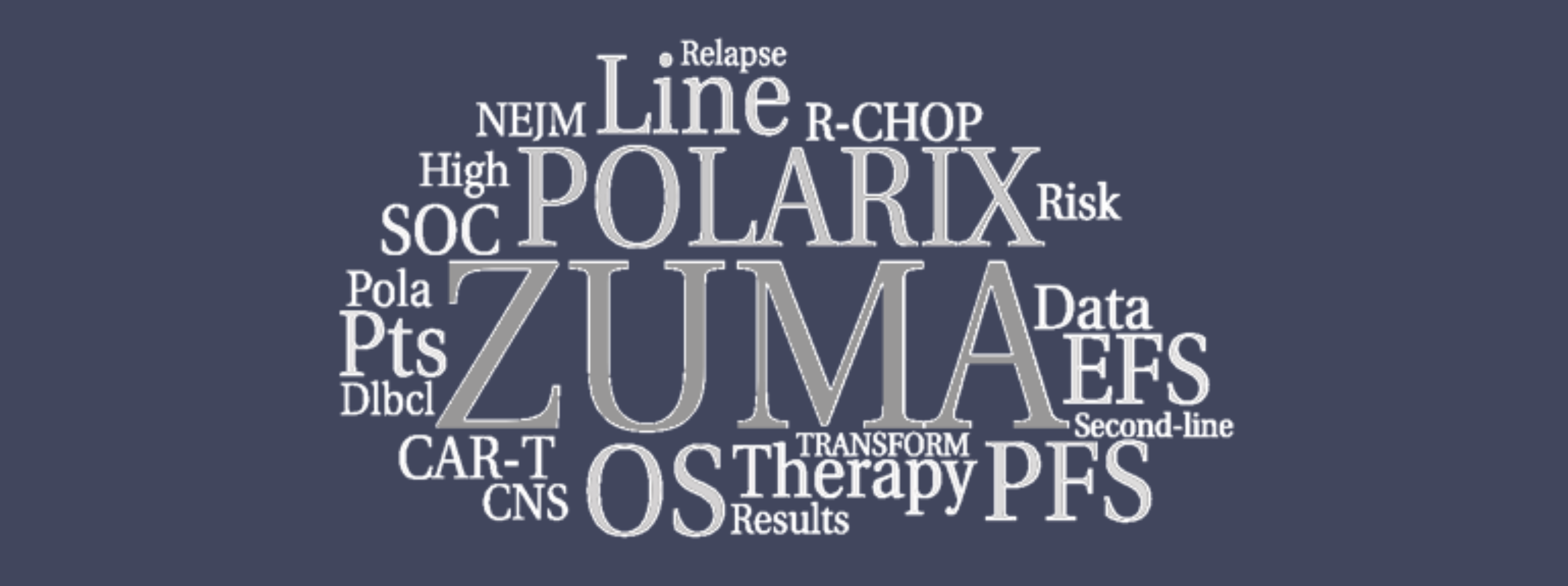
The ZUMA-7 trial was the most mentioned clinical trial pertaining to DLBCL with social media comments being mostly positive. Some criticisms, however, were directed at the trial design for a lack of racial and socioeconomic diversity.
Results from the TRANSFORM trial also showed similar improvement in EFS and were often cited by HCPs along the results from ZUMA-7.
HCP reactions to POLARIX data showed an interest in the improvement afforded by the new regimen Pola-R-CHP, compared to the current standard of care R-CHOP. However, the level of financial toxicity was questioned regarding 1L use for an encouraging but modest increase in PFS, with no benefit in OS. Some HCPs did caution about how to interpret the results of subgroup analysis
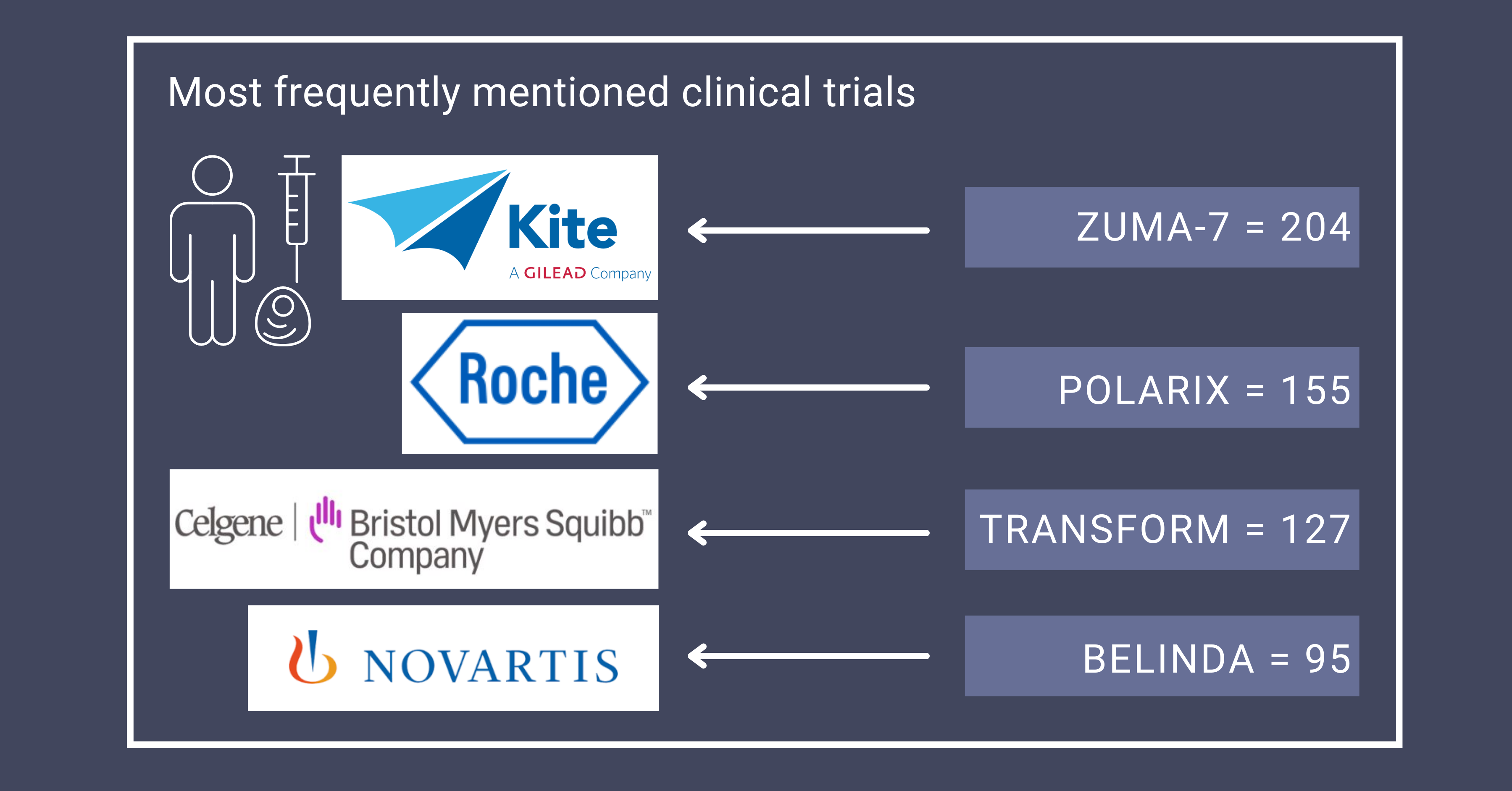
Our DLBCL syndicated solution: DLBCLsyndiTrackTM
APLUSA’s thoughts and comments:
Financial toxicity is a major concern, particularly in the US, for both patients, and physicians treating DLBCL.
APLUSA’s DoctoLIVE series interviewed physicians in the US, Germany and France treating DLBCL patients and discussed their experiences referring patients for CAR-T therapy. Shockingly, in the US we heard from a physician that their experience is ~75% of patients are being rejected as not suitable to receive CAR-T therapy due to financial reasons.
As previously reported by APLUSA, DLBCL is often quite advanced before being diagnosed (see below for pre-Covid-19 data from APLUSA’s DLBCLsyndiTrackTM)
Due to the significant overlap in symptoms between DLBCL and Covid-19, specifically: fever, fatigue, enlarged lymph nodes, coughing and now with night sweats being reported with the Omicron variant, we hypothesize that a potentially large number of patients with DLBCL have not yet been diagnosed.

>>>>>>>> https://info.aplusaresearch.com/syndicated-study-dlbcl-patient-chart <<<<<<<<
IMPACT of #ASH2021 on MENTIONS of ACUTE MYELOID LEUKEMIA on TWITTER
AML was the third most frequently Tweeted about condition (after multiple myeloma and DLBCL) by HCPs during the 63rd annual ASH meeting and expo.
There were over 15,000 mentions in total, and nearly 850 mentions related to AML recorded during the listening period from November 27th, 2021 to December 28th, 2021.
Hot topics of discussion in AML were:
- The need for updated clinical trial comparator arms (Aza + Ven)
- Treatment of newly diagnosed, FLT3 mutant, older patients
- Cardiotoxicty in patients receiving an HMA + Ven

Clinical trials in AML were less frequently mentioned by trial name compared to trials in MM and DLBCL. Trial results in AML were often referred to and discussed by the specific investigational agent in combination with approved products.
Discussions regarding the AGILE trial acknowledged that results demonstrated better EFS,CR and OS compared to AZA alone (in IDH1 mutated AML patients) but also centered around the need for comparison to Aza + Ven.
Additional areas of online discussion, worthy of mention, were:
-
A Gilead sponsored trial of magrolimab in combination with Aza + Ven. At the time of writing this blog post, this trial has currently been placed on a partial clinical hold by the FDA
-
Increased inflammatory interferon signaling driving TP53 mutant clonal expansion in the progression of MPNs to AML

Our AML syndicated solution: AMLsyndiTrackTM
APLUSA’s thoughts and comments:
While the AGILE trial demonstrated improved EFS,CR and OS (compared to AZA alone) in IDH1 mutated AML patients, our real-world AMLsyndiTrackTM data shows that only 6% of AML patients have a mutation in IDH1.
Overall, 7% of AML patients are reported as not having been tested for cytogenetic or genetic abnormalities and interestingly that value increases to 16% of patients classified as ‘not fit’ (to receive intensive chemotherapy).
Should cytogenetic and genetic and testing be mandatory with an AML diagnosis?
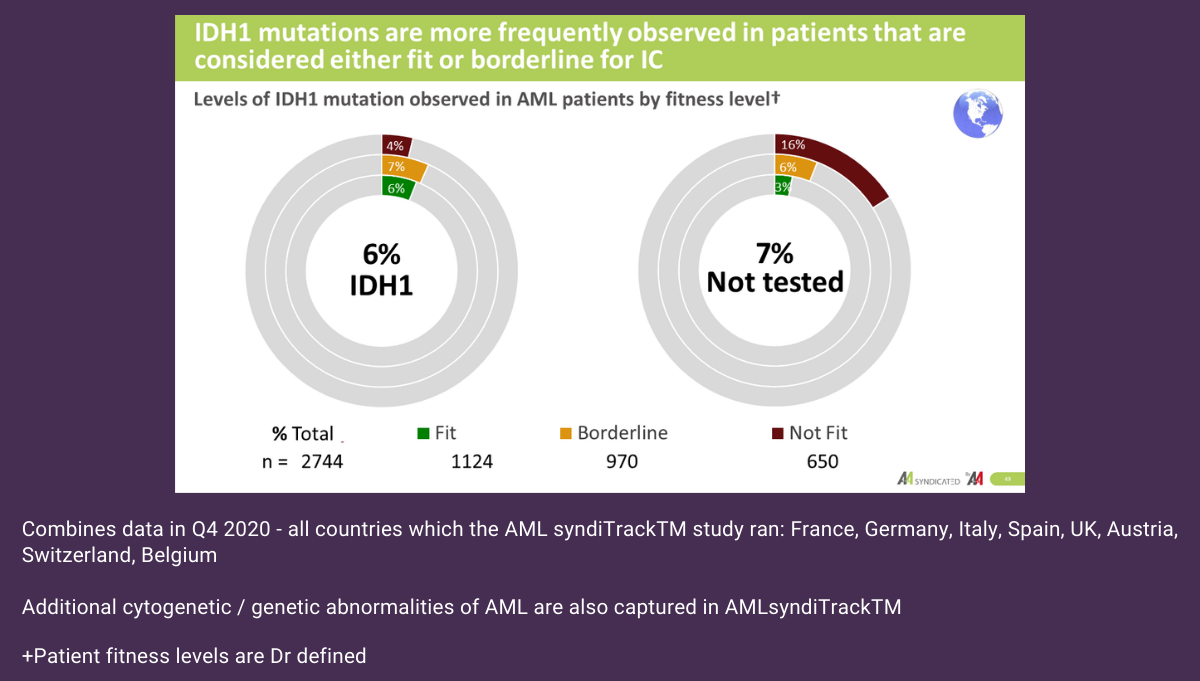
>>>>>>>> https://info.aplusaresearch.com/syndicated-study-aml <<<<<<<<
IMPACT of #ASH2021on SHARE of VOICE AMPLIFICATION by HCPs on TWITTER
Share of Voice amplification by HCPs
When looking at MM, DLBCL and AML in terms of the total number of entries across all session types (presentations, abstracts, posters, educational sessions, etc.,) that were mentioned in the official ASH 2021 program, we can see that the Share of Voice (SoV) for both MM and DLBCL were greatly amplified, while the SoV regarding AML was heavily reduced. In the ASH 2021 program there were 982 different entries relating to AML; 743 regarding MM and just 338 relating to DLBCL (which was around a third of the AML entries).

HCP Share of Voice Trends
The SoV from HCPs regarding various hematological malignancies (expressed as the number of discussions on Twitter that were directly attributed to the 63rd annual ASH conference in 2021) demonstrated some interesting trends when compared to HCPs SoV related to the same conference in the prior year (the 62nd annual ASH conference held in 2020).

Our final thoughts
Social media listening can provide additional insights and depth into various types of initiatives, for example:
- Understanding the dynamics and areas of priority associated with different types of conference attendees
- The voice of the patient – what concerns them the most?
- Identifying Digital and Key Opinion Leaders
- Corporate reputation – as an industry how are we perceived, what about as an individual corporate entity?
- How are current and future market trends and world events going to impact your business?
- Anticipate future disruption to your business. Spark ideas for the future or plan your competitive positioning.
In today's digital age where information and data are readily available in increasing amounts of complexity, we as scientists, HCPs, and industry executives, find ourselves in a new situation, one that could even be labelled as a challenge, a problem or maybe a quandary.
With information being shared at increasing speeds, like never before, how (as a community) do we recognize and measure which messages, or what data, are being amplified or even suppressed?
While the suppression of information is most likely to occur unconsciously and unintentionally, maybe due to lack of popular interest, the question regarding the deliberate suppression of information (by amplifying other voices and messages) to maintain a competitive edge, does raise its head.
It is our belief that we will only continue to face more and new challenges, such as this, that begin to present themselves as technology changes and advances. Click the link below to access the full SML report on Social Media impact of ASH 21.
for more information click on the button below



